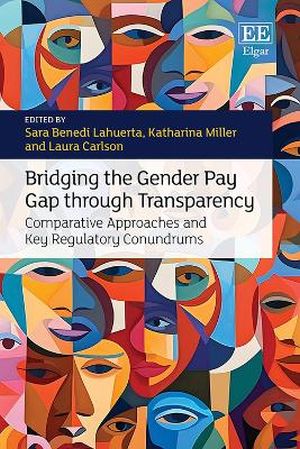
This timely book evaluates the advantages and challenges of adopting pay transparency legislation (PTL) to address the ongoing issues of the gender pay gap. Chapters contextually examine whether PTL can help reduce the gender pay gap and discuss which factors should be considered to potentially boost the effects of this legal intervention.
The editors have brought together expert contributors to explore detailed case studies demonstrating how PTL is implemented across the globe. The 2023 EU Pay Transparency Directive is rigorously analyzed in addition to the role of Equality Bodies and private certification systems. The book provides an in-depth yet accessible critique of both the potential and limitations of PTL and considers key themes including the role of self-regulation, collective bargaining and the need to depart from traditional work and care patterns to address pay inequity.
Bridging the Gender Pay Gap Through Transparency is an excellent resource for legal scholars and practitioners specialising in gender equality and labour rights. Students and researchers of gender studies, governance and regulation as well as policymakers and HR professionals will find the comprehensive analysis beneficial.